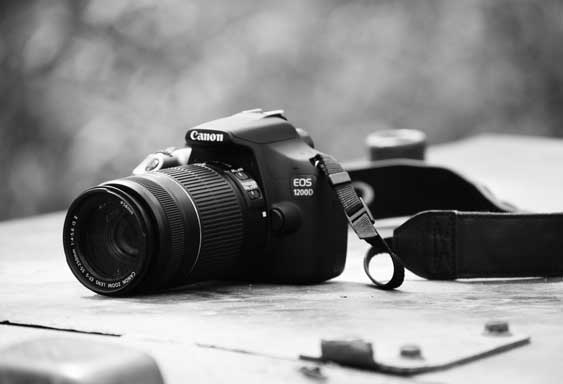Smartphone dominance, global competition, and stagnant innovation have led to a decline in demand for traditional cameras.
 |
| The rise of mirrorless cameras, computational photography, and niche markets like drone photography offer opportunities for growth. Image: Collected |
The American camera industry, once a booming sector, finds itself at a crossroads. Fueled by the explosion of digital photography in the early 2000s, the industry experienced rapid growth. However, the landscape has shifted dramatically in recent years, raising questions about the future of photography in the United States.
Challenges and Shifting Trends
Several factors contribute to the current state of the industry-
Smartphone dominance: The rise of smartphones with advanced cameras has significantly impacted the demand for dedicated cameras, particularly in the consumer segment.
Global competition: Asian manufacturers have dominated the camera market, offering affordable and feature-rich alternatives to American brands.
Stagnant innovation: The pace of innovation in camera technology has slowed down, leading to less differentiation between models and reduced consumer interest.
Economic uncertainty: The global economic slowdown has affected consumer spending, further impacting the camera market.
Innovation and Niche Markets
Despite these challenges, there are glimmers of hope for the future. Camera manufacturers are exploring new technologies and niche markets to remain competitive:
Mirrorless cameras: These small and lightweight cameras are gaining popularity among professional and enthusiast photographers, offering high-quality images in a portable package.
Computational photography: This technology uses software and algorithms to enhance image quality, allowing for smaller cameras with superior performance.
360-degree cameras: These cameras are creating new opportunities for immersive photography and videography, particularly in the real estate and travel sectors.
Drone photography: The proliferation of drones equipped with high-quality cameras is opening up new possibilities for aerial photography and videography.
The Role of Professionals
Professional photographers and videographers remain a key driving force in the industry. They demand high-quality, specialized equipment and continue to push the boundaries of photographic expression. Their work inspires consumers and sets the standard for photographic excellence.
The Future of Photography in the USA
While the future of the camera industry remains uncertain, the ability to adapt and innovate will be crucial for survival. American manufacturers need to focus on niche markets, embrace new technologies, and invest in research and development to differentiate their products and remain competitive in the global market. Additionally, fostering a vibrant community of photographers who embrace new technologies and support local businesses will be essential for the continued growth of the industry.
Ultimately, the future of photography in the USA rests on the shoulders of both industry leaders and consumers. By embracing innovation, supporting professionals, and recognizing the enduring power of photography, the American camera industry can find its place in the ever-evolving digital landscape.